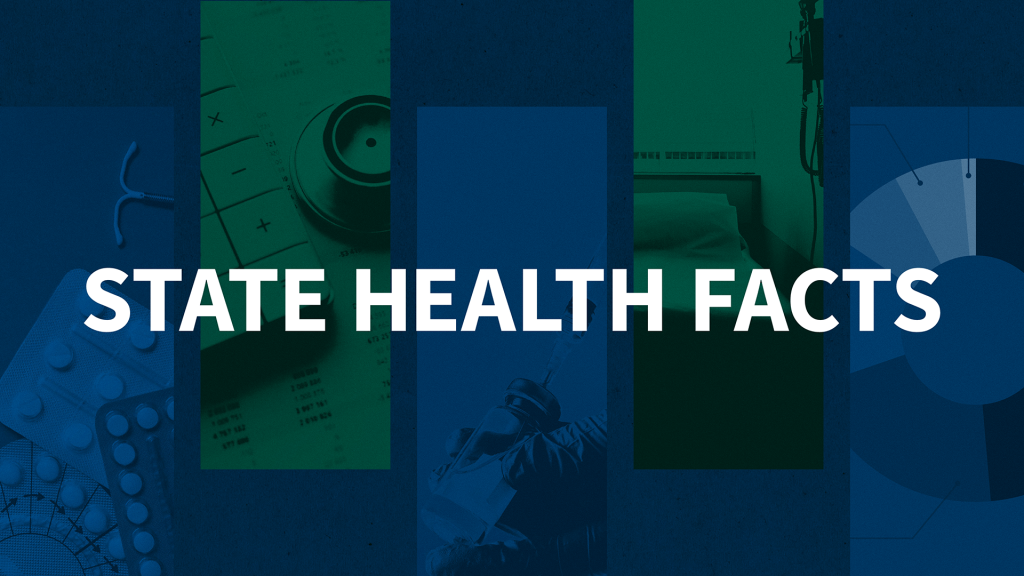Medical Debt and Access to Health Care
This study examines the privately insured who have had problems paying medical bills and compares their access to care to those who have not had medical bill problems as well as those with no health coverage at all, using a national representative survey of adults.
